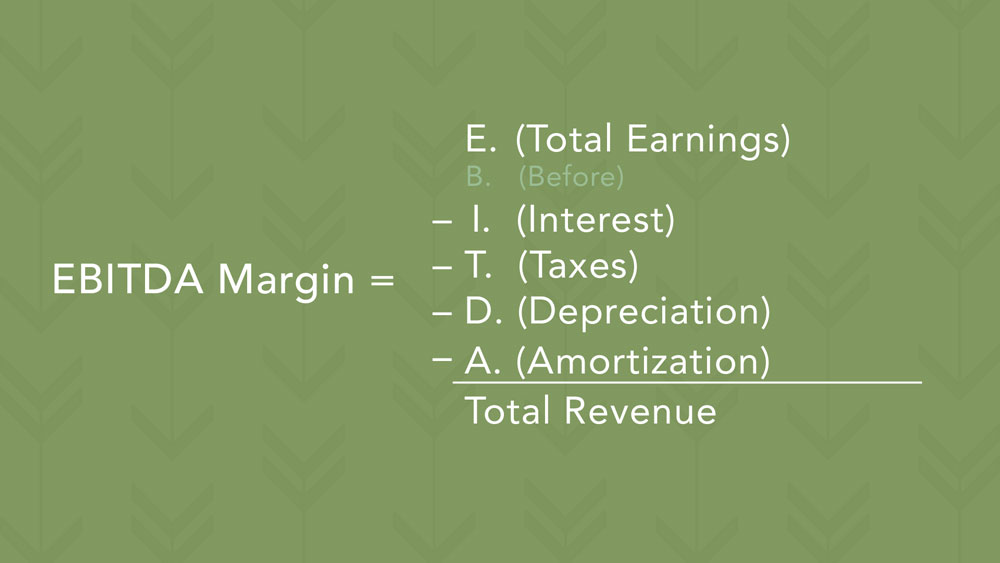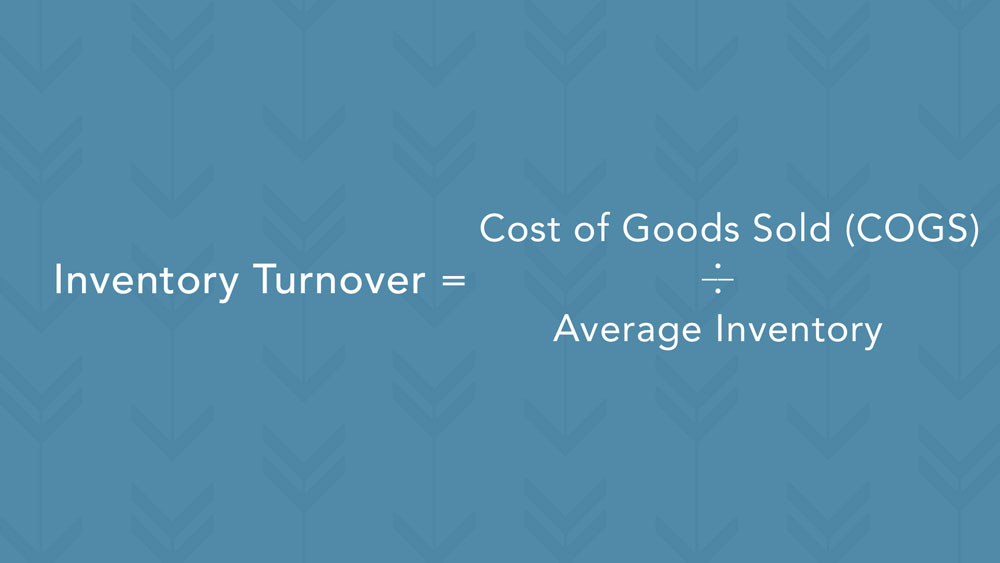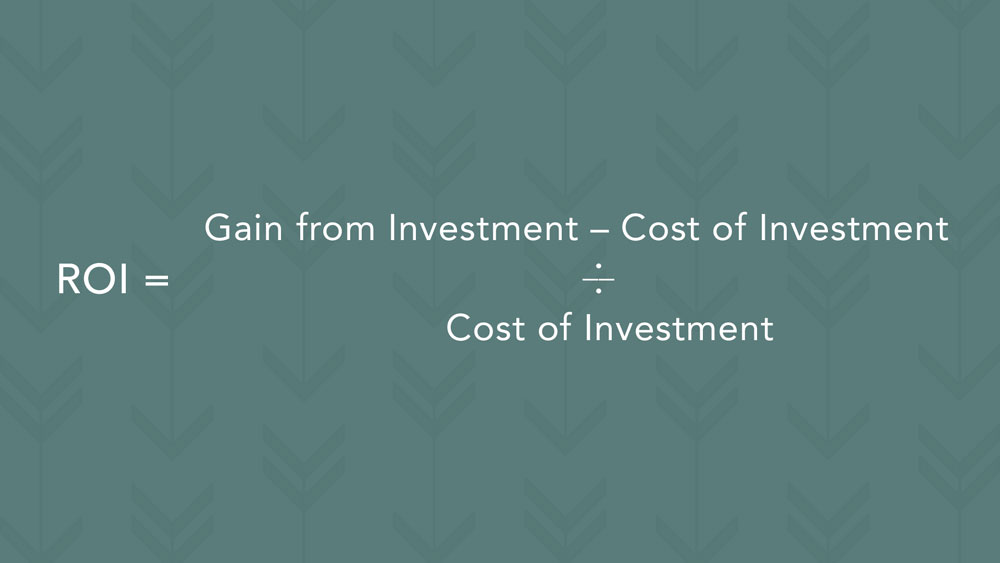Math may or may not have been your favorite class in school, but when it comes to running a company, ignoring the numbers is one of the greatest fatal flaws a business can make (individuals too, for that matter). Your numbers are what make your company’s plans more than just pipe dreams. They alone have the ability to provide accurate and meaningful guidance based on the only stuff that can’t be made up.
This is what makes accounting an amazing gut-check for any business owner. It’s your chance to align your feelings of how your business is performing with solid data. And if your gut and the numbers don’t agree, you’ll quickly be able to uncover any hidden problems or opportunities that would have otherwise gone undetected.
While there are obviously countless equations that financial professionals find useful, we’ve identified the seven accounting terms and equations that provide the most value to business owners. What’s even better is that these equations are super straightforward. And once you have a solid grasp each one’s elements and purpose you’ll find it is easy to work them into day-to-day business. So without further ado, let’s start from the bottom:
Accounting Terms & Equations for Business Owners
Bottom Line
This term may come up a lot in conversations about decision making, but have you ever actually tried calculating your own bottom line? Turns out it is pretty straightforward:
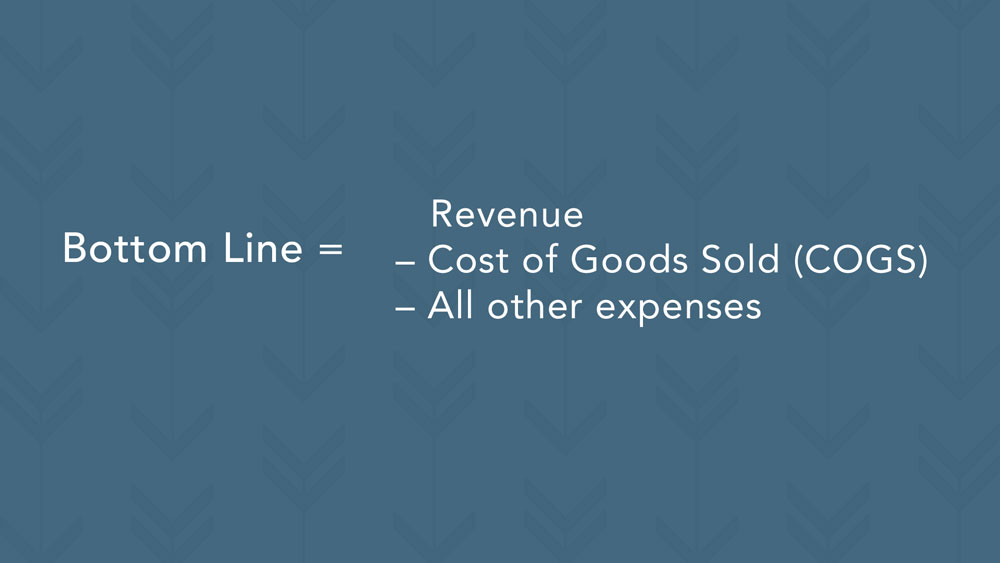
… As long as you’re familiar with these two terms:
- Revenue is the income your company generates from sales and other business activities (such as investments it makes).
- Cost of Goods Sold (COGS) includes the costs of your materials and the cost of labor associated with producing the goods.
Pro Tip: If there are any accounting terms in this blog that you aren’t sure about, that’s okay, we’ve put together a handy glossary for business owners.
Burn Rate
Your burn rate is the amount you spend on a monthly basis:

Super simple right?
This term’s simplicity is only exceeded by its utility. Once you know your burn rate you can compare it with forecasted income. If you see that your burn rate exceeds this expectation you know you’ll need to adjust your monthly spending. Eso caliente!
You will also use your burn rate to calculate cash runway…
Cash Runway
What’s longer, the runway Gisele Bundchen gets paid to walk down, or her cash runway?
Hint: She’s #46 on Forbes’ list of the 100 richest celebrities.
→ If burn rate is 10,000 each month and you have $100,000 cash on hand then you’d divide 100,000 by 10,000 and determine that you have a cash runway of 10 months. This means your business could survive for 10 months without generating any income.
That’s no catwalk!
Depreciation
Not everything ages like a fine wine. Your fixed assets (machinery, hardware, even furniture) have a tendency to wear down and get old, known in accounting as depreciation. Knowing the depreciation of your fixed assets is key for determining the value they contribute to your business’s profitability.
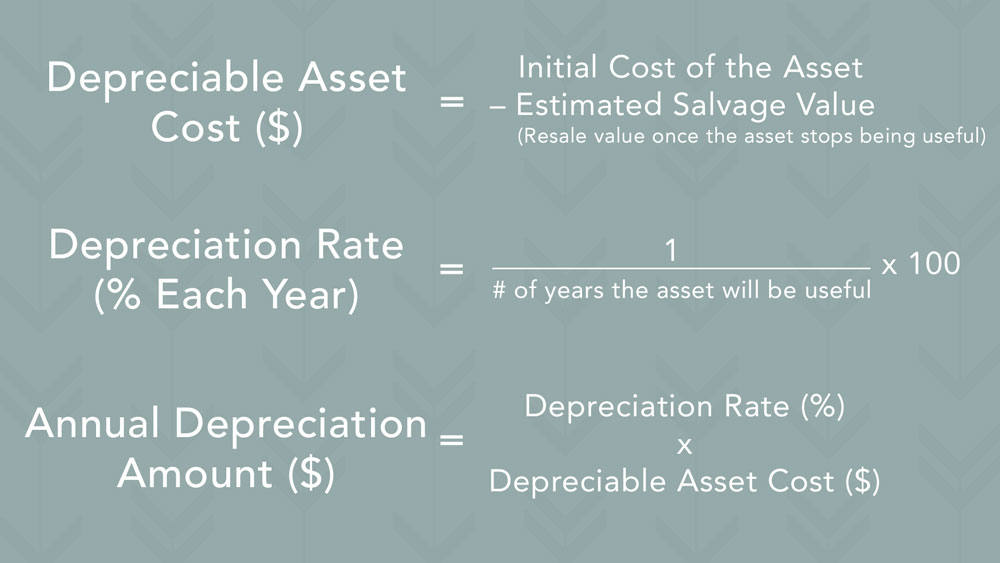
Knowing this number can also be a serious savings tool. The IRS lets you can claim any value lost based on your depreciation rate when you file your income taxes each year. Cheers to that!
EBITDA Margin
No, not Ibiza, that’s an island in Spain. EBITDA is an acronym for Earnings Before Interest, Taxes, Depreciation, and Amortization.
This is a great accounting term to have in your arsenal before you start fundraising. Investors look to this report for an authentic peek into your business’s profitability after factoring out all the expenses associated with actually running it.
But who knows? Having a kick-ass EBITDA margin could very well land you a visit to an investor’s Mediterranean beach house.
Inventory Turnover
Your inventory is the assets that you plan to sell. By measuring your inventory turnover rate, you can see how often inventory is sold or used in any given time period (day, month, year, etc.).
This is especially useful for retail business that sell tangible goods and can be used to identify gaps in revenue generation and their causes, such as overstocking merchandise, product line deficiencies, or missed marketing opportunities.
But generally speaking, you can use this equation to tie sales returns to production costs and inventory allocation.
ROI
Like your bottom line, your ROI is probably a term you’re very comfortable using (or asking for).
While this equation is the standard way of thinking about it, calculating the returns on costs when neither are exactly tangible or trackable can be more difficult. Take the ROI from each of your company’s departments for example. Calculating the ROI of your sales department may be very straightforward. Subtract your salesperson’s hourly rate and time spent closing each lead on the income generated by the deal and divide it by their same rate and time and you have it:
Income from Closed Deals – (Hourly Rate x Time Spent)
––––––––––––––––––––––––––––––––––––––––––––
(Hourly Rate x Time Spent)
But calculating the ROI of human resources is much more complex. You might still use income as your gain, but the cost of your investment will require some extra effort and most likely a specific process.
–
Understanding your financials on this level is an important step in becoming a smarter, more data-driven business. With these seven accounting terms and equations under your belt, you’re on the right track! Download our glossary, Accounting Alphabet for Business Owners and CEOs, that explains these terms along with 102 more.
Quick Note: This article is provided for informational purposes only, and is not legal, financial, accounting, or tax advice. You should consult appropriate professionals for advice on your specific situation. indinero assumes no liability for actions taken in reliance upon the information contained herein.
*Cover image courtesy of Ken Teegarden, www.SeniorLiving.Org


